You’ve experienced the evolution of music over your lifetime—maybe you remember spinning vinyl in a friend’s basement, making mixtapes for a crush, buying your first CD and witnessing the debut of streaming.
Now that we have more ways to listen to music, it’s easier than ever to experience its benefits. These include boosting cognitive health, improving emotional wellbeing and motivating movement—whether you’re doing household chores like spring cleaning or sweating it out at the gym.
So, here’s a tribute to how music consumption has changed over the years, and how it keeps us young today.
Benefits of Music at 50 and Beyond
Music can bolster your wellbeing in a variety of ways. Here are a few ways listening to or making music can improve your mental acuity, social connections and physical vitality.
Cognitive Health
Music supports cognitive health by activating and synchronizing various parts of the brain, starting near the ears and spreading to brain regions associated with memory, emotion and motor skills. This strengthens neural networks, essentially giving your brain a workout.
And adding music to your bedtime routine can help to you to get a good night’s sleep, which is crucial for cognitive function. For example, one study showed listening to calming music before bed helped participants fall asleep much faster. Instead of taking almost 30 minutes to an hour plus to get to sleep, participants reached the land of nod in just six to 13 minutes after adding music to their bedtime routine.
Emotional Wellbeing
Music may bolster emotional and mental wellbeing, whether you’re alone or in a group—jamming with a band, for example, or attending the symphony (or a rock concert) with friends.
Research is beginning to show that music can help to build social connections and increase emotional skills. And music therapy may help to lessen stress, improve mental wellness and even reduce pain, according to the American Psychiatric Association.
Listening to nostalgic music may even bring back vivid memories and foster a sense of wellbeing if linked to positive past experiences. Scientists have found an effect called the “reminiscence bump” where adults have stronger memories of life events that took place from ages 10 to 30 or so. That means you may be drawn to songs that were popular during your teen and young adult years, and they may elicit especially powerful emotions. Science shows that deliberately evoking nostalgia around good memories — such as through music — can have a positive effect on emotional wellbeing that may include greater optimism, self-esteem and a sense of meaning in life.
So consider checking out some of the spaces in your community where people gather to listen to music, and invite friends or family members to attend a concert, show or music class with you.
Physical Vitality
Finally, music can enhance physical vitality. It’s no secret that cranking up a tune on your phone can boost motivation and get you moving faster at the gym, for example. In fact, studies show music can help improve performance if you listen before or during exercise.
If you’re not a gymgoer, music can still help to get your heart pumping. Even quick bursts of dancing in the kitchen or living room are good for longevity. In fact, one study showed that moving for as little as two minutes at a time (15 minutes a week) may cut your risk of heart disease, cancer and early death—no formal commitment to attend a Zumba class required.

From Vinyl to Voice Assistants: Tracing the Evolution of Music Consumption
The way we listen to music has changed over time—and, in some ways, come full circle, from vinyl to cassettes to CDs to streaming and back to vinyl again.
A resurgence of vinyl records began in about 2006, with younger and older music listeners embracing the tactile experience of holding a record, placing it on a turntable and watching it spin. There’s even been a cassette tape revival in recent years. But that doesn’t mean music lovers are eschewing technology: people of all ages also rely on streaming services to listen to their favorite artists.
Let’s take a walk down memory lane to see how music listening has changed over the years and how it influences the way we experience music.
Vinyl records
Vinyl records made their debut in 1948, just a few years before the term “rock and roll” was coined to describe an emerging music style that would take the world by storm.
In 1948, Columbia records released the first long-playing (LP) vinyl record: a recording of the New York Philharmonic playing Mendelssohn’s Violin Concerto in E Minor. That same year, the ragtime song “Twelfth Street Rag” by Pee Wee Hunt hit number one on the Billboard charts.
In the 1950s, teens danced to Elvis Presley, Buddy Holly, Roy Orbison and other rock artists on turntables across America, sometimes to the chagrin of their parents.
Cassette tapes
Cassette tapes appeared on the scene a decade later in 1963, the year The Beach Boys’ “Surfin’ U.S.A.” hit the top of the charts.
This led to the rise of mixtapes, a way of sharing music that’s cloaked in nostalgia for those who grew up in the era when the cassette was king. Mixtapes started out as recordings of songs plays by DJs. They evolved into something every ’70s and ’80s kid made to share with their crushes and friends—and to soundtrack their road trips—writing song titles by hand and even drawing cover art.
In 1979—just as “My Sharona” by The Knack hit number one—the Sony Walkman revolutionized music listening. This new portable device allowed you to pop a cassette in, don your headphones and roam the neighborhood to the beat of your favorite songs.
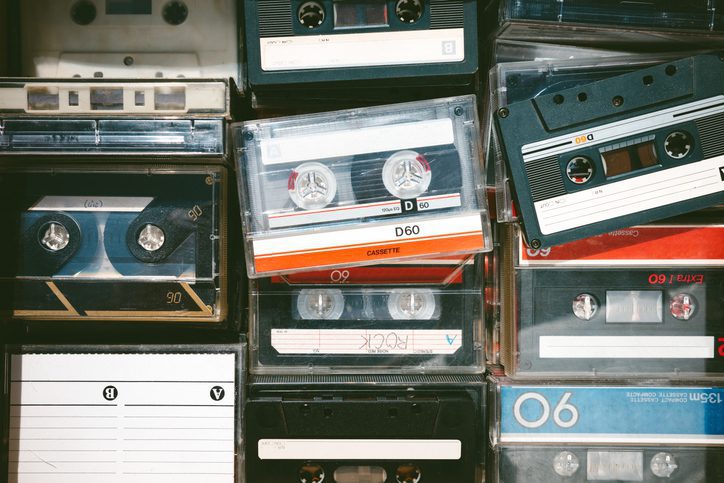
CDs
CDs were a miracle: Shiny discs that magically contained your favorite music but, unlike cassettes, had no tape to get snagged—which meant no more painstakingly winding the tape back in with a pencil.
The first CD released commercially was Billy Joel’s “52nd Street,” which came out in Japan in 1982—the same year “Physical” by Olivia Newton-John snagged the number one spot on the U.S. Billboard charts.
MP3s
The ’90s marked the rise of alternative rock and grunge, along with the MP3: a new technology that allowed audio data to be compressed down to about 1/12th of its original size, making digital sharing a snap.
Karlheinz Brandenburg, known as “the father of the MP3,” used the song “Tom’s Diner” by Suzanne Vega to help perfect the sound quality of the technology. MP3s became more widely available in the mid-’90s, and the advent of the controversial peer-to-peer file sharing service Napster spurred a boom in music sharing.
Apple’s first iPod came out in 2001, the year “Hanging by a Moment” by Lifehouse hit number one. The new device was the size of a deck of cards and held 1,000 songs. The iPod did for MP3s what the Walkman had done for cassettes, letting everyone listen to their favorite music on the go.
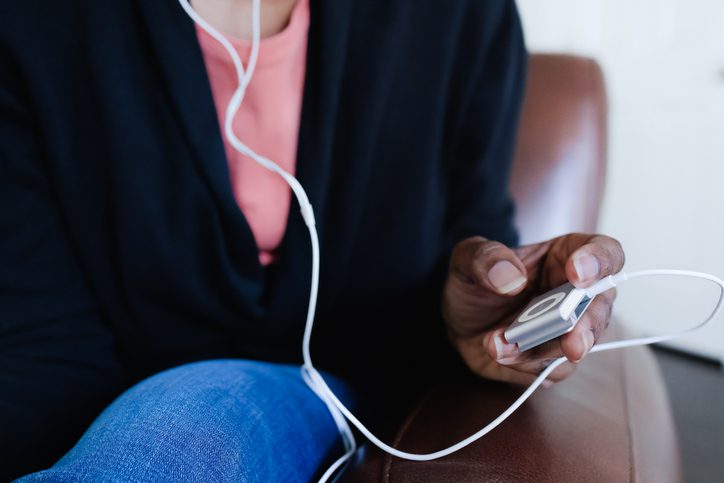
Streaming
The rise of streaming services in the 2000s transformed our relationship to music listening in a way that continues today. Spotify came out in 2008, the year “Low” by Flo Rida and T-Pain rose to the top of the charts.
While the best-selling album of all time across formats is Michael Jackson’s 1982 album “Thriller,” which has sold over 100 million copies, many of the most-streamed songs tend to be more recent. The most-streamed song of all time on Spotify is currently the 2019 song “Blinding Lights” by The Weeknd; the most-streamed album is 2022’s “Un Verano Sin Ti” by Bad Bunny.
Voice assistants, AI and beyond
The rise of voice assistants like Siri and Alexa has made it even easier to listen to music. You can simply ask Siri or Alexa to play your favorite songs while you’re busy cooking or loading the dishwasher.
Siri debuted in 2010, the year “Tik Tok” by Kesha reached the top of the charts; Alexa debuted in 2014, the year “Happy” by Pharrell Williams soared to number one.
And in 2023, the year “Last Night” by Morgan Wallen ascended to the top of the charts, Spotify introduced its AI DJ, a virtual DJ that curates recommendations based on your taste and “spins” tunes just for you.
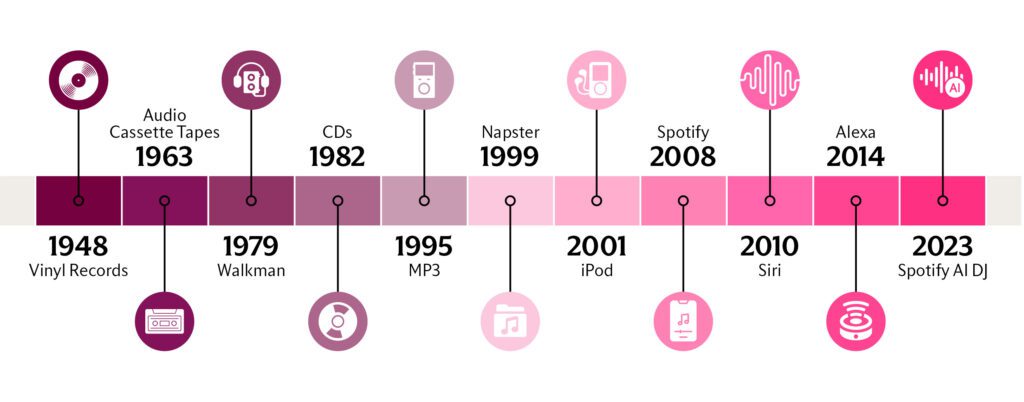
With so many listening options at at your fingertips, it’s a snap to connect with loved ones through music. You can dust off your vinyl collection to share with your grandchildren, make nostalgic shared playlists with siblings or stay in the know on today’s top songs.


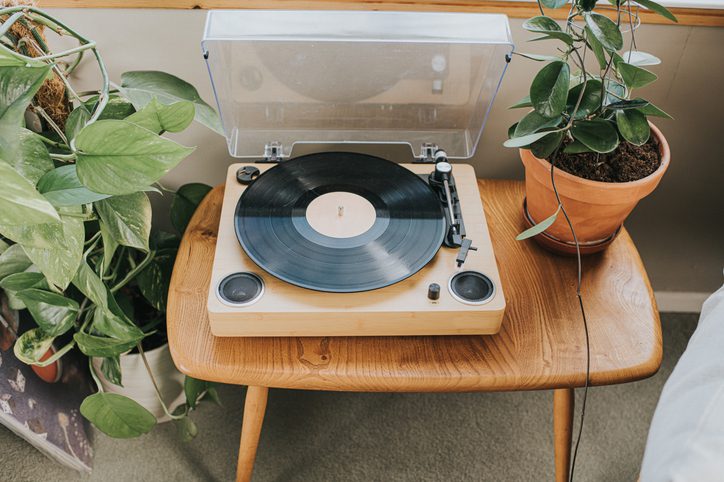


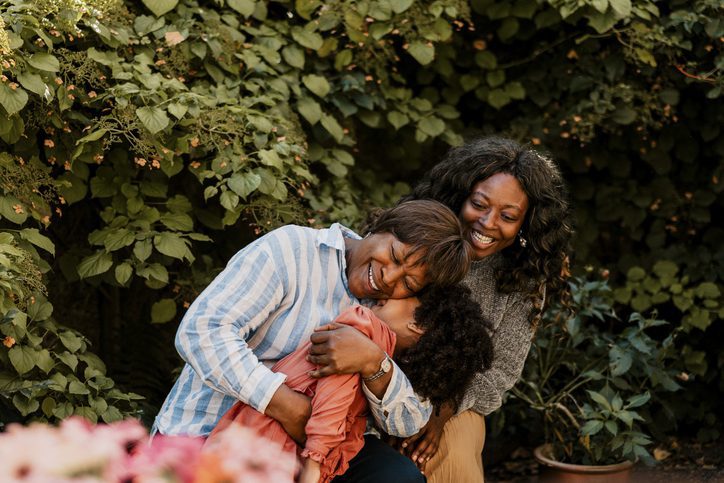

A very interesting walk through the years in music.
What a grand tour down musical memory lane! At 71, I feel fortunate to have enjoyed the vast evolution of how we all consume and enjoy tunes!